In Kasi Lemmons' new feature film, Harriet, Minte (Harriet Tubman's slave name, played by Cynthia Erivo), lives on a plantation in Maryland. She wants to get married and start a family with her free husband, John Tubman (Zackary Momoh). Her masters deny her request for her child to be born free. Tension mounts as her husband is exiled from the plantation and she is up on the auction block. Deciding she will die before going back to the plantation, she escapes and travels 105 miles to freedom in Philadelphia. Upon her arrival, Harriet meets abolitionist William Still (Leslie Odom Jr.). He informs her of the Underground Railroad, which is a network of routes and safe houses that help bring runaway slaves to freedom in northern states. Harriet finds her calling as a "conductor" on the Underground Railroad and changes her name to Harriet Tubman.
It has taken 19 years for Kasi Lemmons to bring Harriet Tubman's story to the big screen, and PRIDE was at the gala screening at this year's Toronto International Film Festival. She spent two years researching and talking to Tubman’s descendants to arrive at the most accurate depiction. From her years in slavery up to the Civil War, Tubman was a vital part of the Underground Railroad and an essential part of American history. Regardless of the critical reception of the film, there is something to learn from Harriet. It's embarrassing to admit that I didn't know these details, but it’s better to learn now than never to know.
William Was Still a Big Part of the Underground Railroad
In the film, William Still plays a large role in Harriet saving other slaves. Called the father of the Underground Railroad, Still was an abolitionist, a businessman, and a recordkeeper. After moving to Philadelphia, he got a job as a clerk working for the Pennsylvania Society for the Abolition of Slavery. The local freedom fighters also organized the Vigilance Committee to aid slaves who arrived in Philadelphia—and Still became the Vigilance Committee chairman. He helped 800 slaves escape to freedom and kept detailed records of each individual. These records were critical in the reunification of families separated by slavery.
After President Lincoln issued the Emancipation Proclamation, Still developed a keen interest in the welfare of Black youth and became a philanthropist. He built an orphanage and the first YMCA for Black people in Philadelphia. He also became a board member for the Home for Destitute Colored Children and a trustee at Storer College in West Virginia.
Underground Railroad Escape Routes
In the movie, Harriet moves back and forth between the northern and southern U.S.; however, the network is much larger than that. Routes went as far south as Mexico and far north as Canada. The Underground Railroad ran until the Civil War, and by its end, 100,000 slaves escaped through the various paths.
Tubman’s Role in the American Civil War
Toward the end, there is a brief glimpse into Harriet’s life during the Civil War, in which she was a Union Army nurse, a spy, and a cook. Her experience on the Underground Railroad made her a valuable asset to Union soldiers. In 1863, she and Col. James Montgomery joined 150 Black union soldiers on a gunboat raid in South Carolina. She taught slaves how to navigate the land and scout Confederate camps.
As a nurse, Tubman used herbs and roots she had found along the Underground Railroad to cure the sick. And her most significant achievement is a natural remedy for dysentery created by using water lilies and crane's bill (geranium), boiling them in water and serving the mixture to suffering soldiers.
Harriet Tubman Saved So Many
In 10 years of being a conductor on the Underground Railroad, Tubman made 19 trips, which included rescuing her parents, siblings, other relatives, friends, and strangers. Her estimated total of slaves brought to freedom is 300–and that is before the Civil War. During the Combahee Ferry Raid, Harriet Tubman accompanied three ships and 300 Union troops down the Combahee River, where 700 more slaves were liberated and brought to freedom, bringing the total of slaves she helped free to 1,000.
Harriet hits theaters on November 1. Watch the official trailer here:
For additional resources and to learn more about Tubman's life, click the links below.
Harriet the Spy: How Tubman Helped the Union Army on National Geographic
Harriet Tubman Conductor on the Underground Railroad on America's Library












































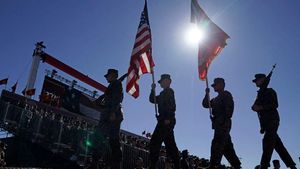












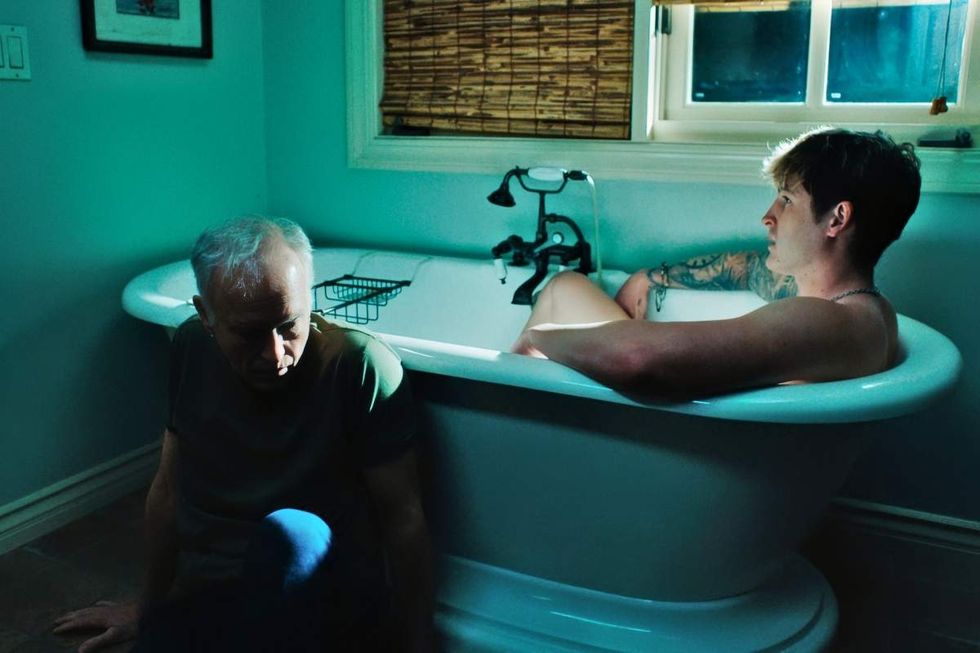 Reed Birney as Hank Grant and Kieron Moore as Aaron Eagle in Blue Film.Fusion Entertainment
Reed Birney as Hank Grant and Kieron Moore as Aaron Eagle in Blue Film.Fusion Entertainment Kieron Moore as Aaron Eagle in Blue Film. Fusion Entertainment
Kieron Moore as Aaron Eagle in Blue Film. Fusion Entertainment 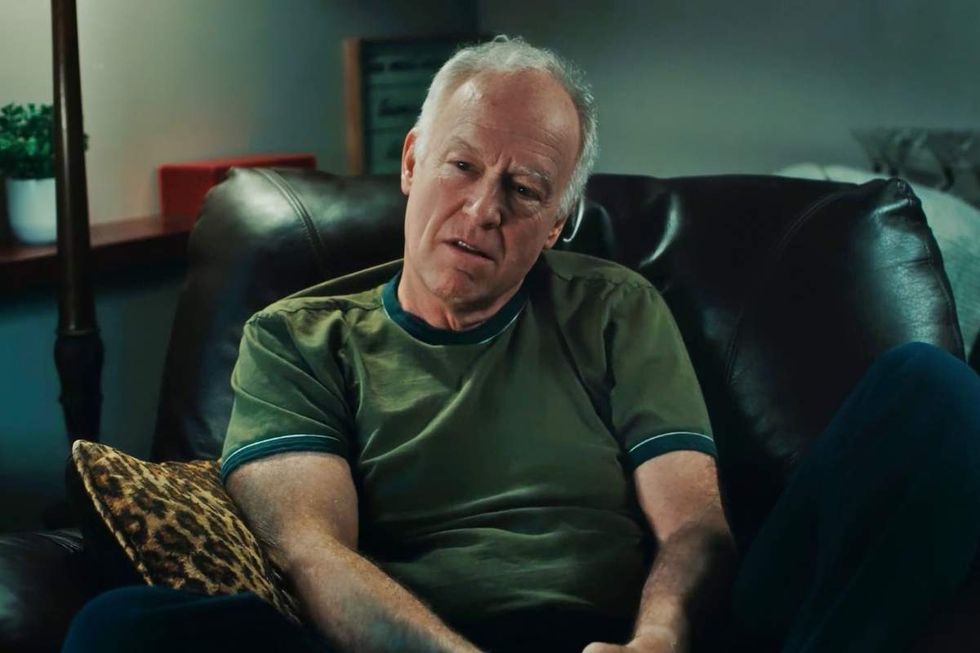 Reed Birney as Hank Grant in Blue Film.Fusion Entertainment
Reed Birney as Hank Grant in Blue Film.Fusion Entertainment Kieron Moore as Aaron Eagle in Blue Film. Fusion Entertainment
Kieron Moore as Aaron Eagle in Blue Film. Fusion Entertainment 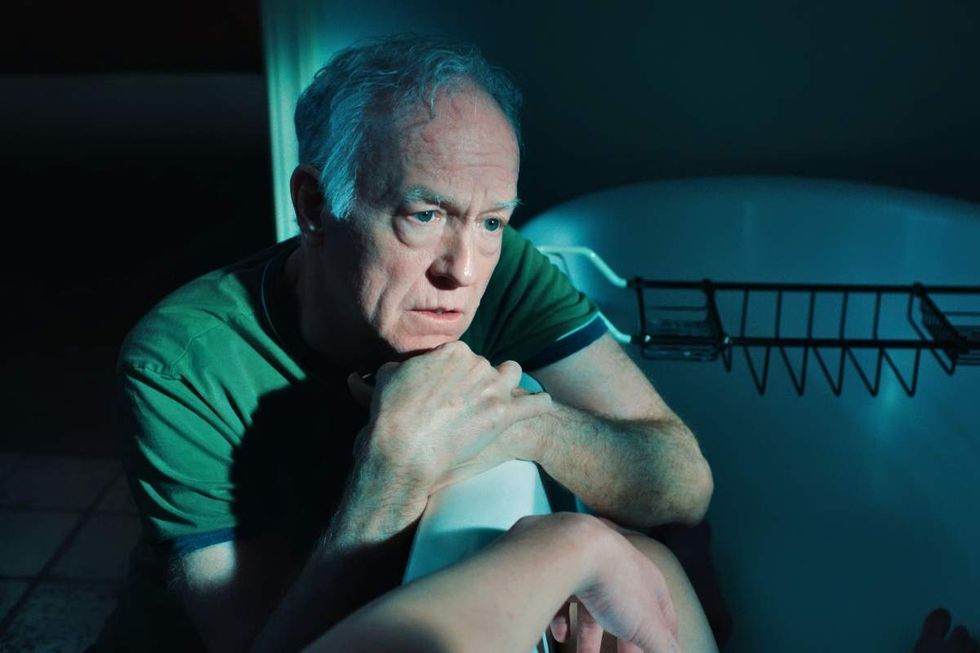 Reed Birney as Hank Grant in Blue Film.Fusion Entertainment
Reed Birney as Hank Grant in Blue Film.Fusion Entertainment Director Elliot Tuttle at the premiere of Blue Film at 2025 NewFest at SVA Theater in New York City.Rob Kim/Getty Images
Director Elliot Tuttle at the premiere of Blue Film at 2025 NewFest at SVA Theater in New York City.Rob Kim/Getty Images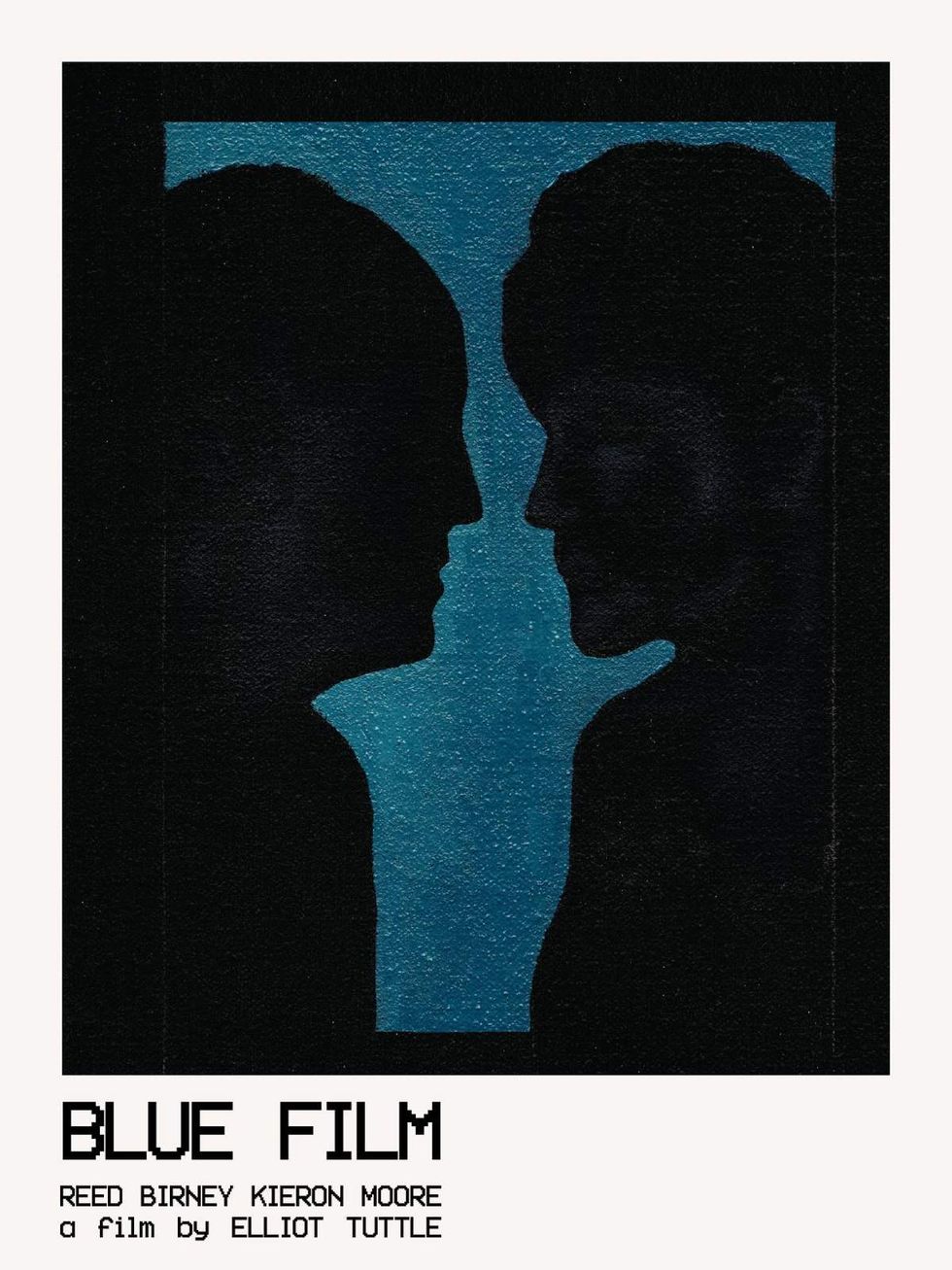 The official poster for Blue Film.
The official poster for Blue Film.






